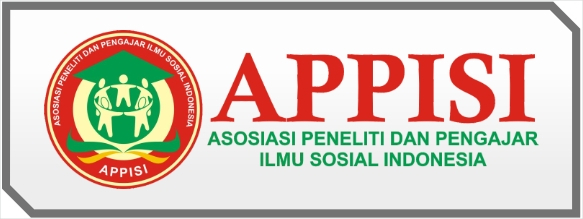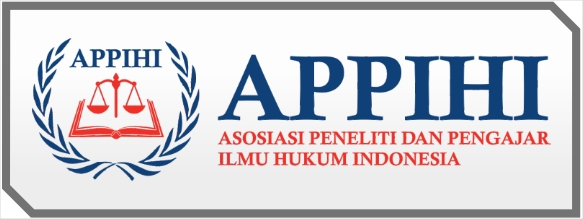KUMANDANG ADZAN DI TINJAU DARI ASPEK SOSIAL BUDAYA DAN AGAMA DALAM PERSPEKTIF TEOLOGI ISLAM
DOI:
https://doi.org/10.55606/khatulistiwa.v2i3.465Keywords:
Adzan, education, happinessAbstract
Adzan is a call or call to muslims to abandon worldly activities immediately and establish mandatory prayer for 5 time. An echo of adzan is called muadzin. But if it is looked at and translated into English and directed literally will be understandable. Then interpreted by interpretation and lesson can be found social life educating. The potential value is quite evident in each challenge. The first value is to acknowledge the greatness of God or the greatness of God, the second value is to laugh and or acknowledge it. As a Muslim has been clearly communicated with his creator, whatever his cultural background. It means that this call is specific, where the kalimah Adzan is a calling for humans who have faith in God. In communication theory, there is communicator and communion. So that social entanglement can unfold what god wills for his might. People in general in any part of the earth would prefer neither world nor afterlife. It is the message of God in that phrase. Which means... come to happiness. Happiness is the right of all human whatever religion. Similarly, as muslims with kalimah Adzan a can be drawn to an instructive conclusion. It includes bastion, unto esaan, confidence or tauhid, communication and happiness.















